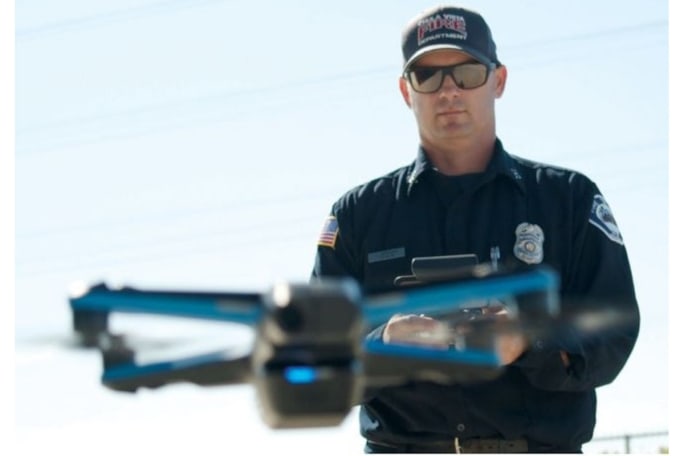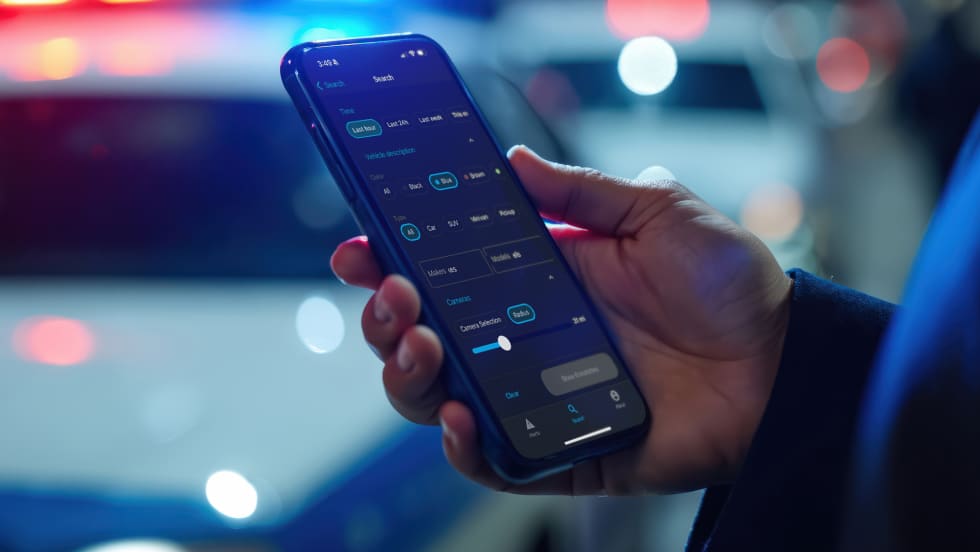Real-Time Video Streaming
One such Axon partnership is with Fusus, a company that makes a solution for accessing live feeds from both public and private security cameras. Fusus’ Real Time Crime Center in the Cloud allows law enforcement, with the owner’s permission, to activate and monitor cameras inside locations such as schools, churches, government buildings, workplaces, and other locations.
Fusus’ technology is easily added to any security camera network. All the owner of the cameras has to do is install the FususCore appliance into the network. The Core appliance is compatible with many IP security cameras and is controlled by the FususOne dashboard.
Using Fusus' Real Time Crime Center in the Cloud, law enforcement agencies can view live feeds from a variety of sources—including drones and robots, citizen smartphones, security cameras, and more—all on one screen. The Axon partnership also allows the Fusus system to integrate live feeds from Axon body-worn and in-vehicle video systems. Command centers can use the Fusus data to direct the response, and they can share it with officers in the field.
Technology that allows law enforcement to access security cameras is going to make some people nervous. Smith says he understands such concerns but adds that the system requires permission. “Fusus has done a nice job building all the privacy controls for the people who own the cameras,” he says. “The owner can hit a panic button that gives police access, or the police can reach out through an app and ask to access the cameras.” The cameras cannot be accessed by authorities without permission.














